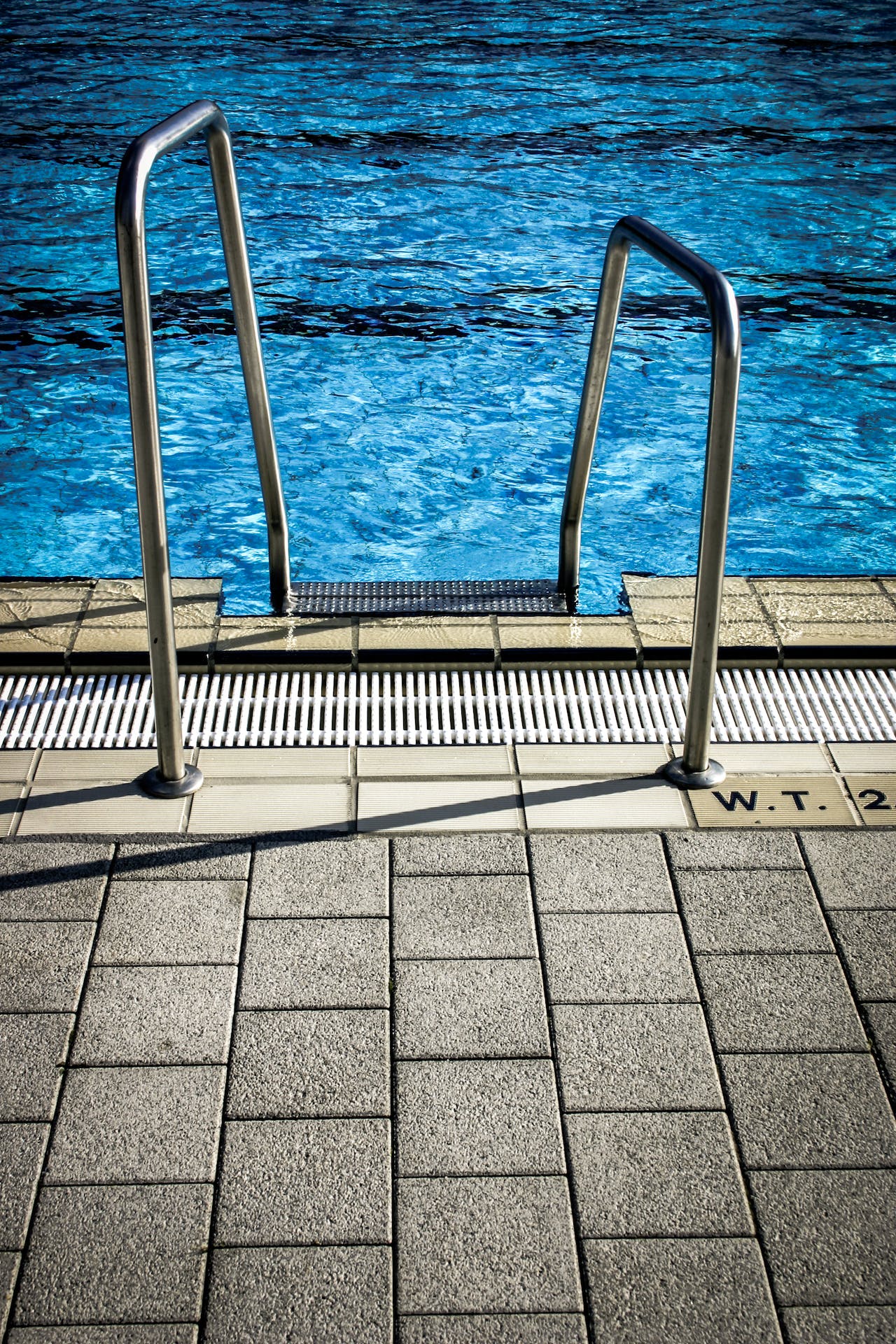
Swimming pools are one of the most coveted features in a home, no matter where you live. When you finally have a pool, the ultimate place for relaxation is literally in your backyard.
However, no matter what kind of pool you have, it’s vital to take care of the water, tiles, and equipment regularly if you want your investment to last, but we get it — that daily and weekly upkeep can be a hassle.
Many pool owners hire someone for their pool maintenance because the benefits are worth the expense. If you’re doing it on your own, though, here is the best approach to cleaning those swimming pool tiles with minimal headache.
Don’t Let Calcium Build Up
Watching for signs of calcium buildup is a key part of maintenance. This looks like white, scaly flakes on the pool tiles. It’s caused by high alkalinity in the water. You can avoid calcium buildup by keeping your pH levels in the neutral range, testing them daily, and adding chemicals as necessary.
However, if you do see calcium buildup on your tiles, spritz them with a mix of water and vinegar or a pool tile cleaner.
Avoid Algae
No one wants to swim in algae-infested water. This buildup of microorganisms starts as a tiny, almost unnoticeable patch but will spread quickly and take over your pool. Luckily, algae can’t grow if the water is at the correct pH level.
To continue to avoid this problem:
1. Always check your chemicals daily and keep your pool filter clean from algae.
2. Brush your tiles and any pool surfaces that come in contact with water.
3. If algae are present, do a quick calcium hypochlorite shock after the sun goes down (the sun can neutralize this treatment by burning away the chlorine).
Follow up with an algaecide to the water and let it circulate with the pump on for 24 hours, then brush the surfaces and run the filter until the water is clear.
Scrub the Grout
Those little details like grout aren’t just for decoration. Grout is necessary to seal the tiles and prevent water leakage, but it is also a breeding ground for algae.
When you’re cleaning your pool, take a few minutes to monitor the grout areas and look for any signs of algae. If you see it, grab a scrubbing brush and clean the spot and all around it. Then, take a chlorine tablet and rub it against the grout where you noticed the buildup.
Finally, shock your pool to prevent the algae from growing back. Remember, just because you can’t see it yet doesn’t mean it isn’t there. It’s difficult to get all the algae microorganisms yourself. They’re invisible to the naked eye. That’s why the final step of a pool shock is necessary.
Daily Upkeep For Long-Lasting Enjoyment
Whether you have an indoor or outdoor pool, keeping it usable is a long-term responsibility. Those few minutes of daily upkeep might seem like another to-do on a never-ending list of tasks, but it’s easier to prevent problems now than to deal with them later.
Keep regular pool maintenance on your schedule or hire someone to handle it for you, and you’ll have long-lasting enjoyment for years to come!

Leave a Reply